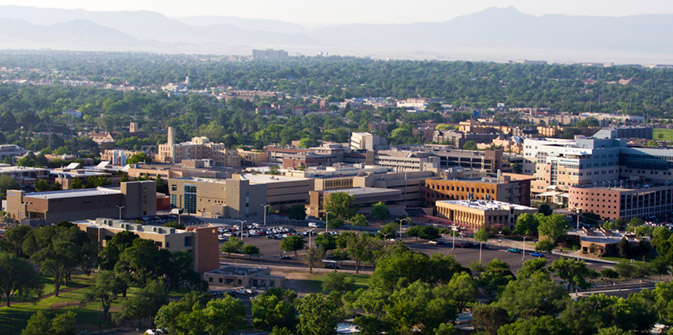
Caring for Cystic Fibrosis
Cystic fibrosis requires ongoing care to manage your symptoms—including a few at-home techniques to open your airways.
Coughing is your body's way of removing mucus from the lungs. However, it is not always enough to clear the mucus. The “huff cough” is a gentle way of coughing to speed airflow.
Your respiratory therapist will teach you the correct method. Use these instructions to get started:
- Begin in a seated position with your chin tilted slightly upward.
- Use your diaphragm (stomach muscle) to breathe in slowly.
- Hold your breath for two to three seconds.
- Force the breath out your mouth in one quick burst of air.
- Make sure the back of your throat is kept open.
Try these tips for the best results:
- Take a normal breath to clear the larger breathing tubes.
- Take a longer breath to clear out the smaller breathing tubes.
- For the best results, try breathing both ways.
- Perform two or three huff breaths, never to the point of exhaustion.
- Cough when you feel the mucus collected in your breathing tubes.
- Rest for five to 10 breaths.
- Repeat the huffs until you feel you have cleared mucus, or you become tired.
- Try to do three to five cycles of huffing and resting.
Autogenic drainage (AD) uses controlled breathing to move large amounts of thick mucus. You can use AD in a seated position without the aid of machines or tools.
To prepare for AD, relax, sit comfortably and perform slow, controlled, deep breathing. There are three lung levels of AD:
- "Unsticking" of mucus by low lung level breathing. First, exhale completely; inhale a small- to normal-sized breath. Hold the breath for one to three seconds, then exhale completely again. This step is repeated for one to three minutes. Repeat until crackles are heard when breathing out.
- "Collecting" the mucus in larger or mid-sized airways. Take in a slightly larger breath. Hold for one to three seconds, and then exhale, but not as low as in level one. Repeat this step for one to three minutes. Listen for crackles at the end of exhaling. Continue for two to three more breaths.
- "Evacuating" the mucus in the central airways is achieved by breathing at normal to high volumes. Take in a slow deep breath. Hold the breath for one to three seconds. Exhale forcefully with open glottis. This moves the mucus into your mouth. Then spit it out into a container or tissue.
Each level requires two to three minutes. The full cycle takes six to nine minutes. When mucus is felt in the larger, central airways, do two to three effective huff coughs. Avoid coughing during the unsticking and collecting steps of autogenic drainage. Do two to three huff coughs if you must cough.
Known as chest clapping or percussion, this therapy involves pounding on your chest and back repeatedly. The pounding can dislodge mucus from your lungs so that you can have a productive cough.
CPT for cystic fibrosis should be done three to four times a day.
If the level of oxygen in your blood is too low, you may need oxygen therapy. Oxygen is usually given through nasal prongs (cannula) or a mask.
Nutritional therapy can improve your growth, development, strength and exercise tolerance. It may also help you grow strong enough to resist some lung infections. Nutritional therapy includes a well-balanced, high-calorie, low-fat and high-protein diet.
Enemas and mucus-thinning medications to treat intestinal blockages, as well as medicines that reduce stomach acid, can also ease digestive problems.
